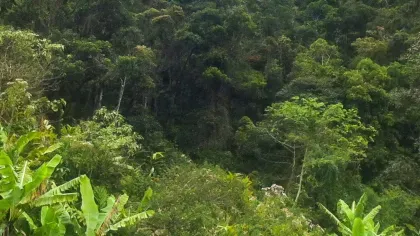16 April 2025
6 min read
Saving India’s Orchids to Enhance Human-Nature Connectivity and Conservation
India is home to countless charismatic and endemic orchid species at risk of extinction from human development – but what if they could be saved and used to connect people with the plants that share their home?

The problem
The state of Kerala is a prominent hub for native orchids, boasting 271 species, which account for about 22% of India's orchid species, all within merely 1% of the nation's total land area. This diversity is also evident along national highways and state roads, where numerous roadside trees serve as hosts to many of these orchids, particularly some of the endemic species that are found nowhere else on Earth.
Each day, India constructs over 25 kilometres of new roads, alongside the expansion of existing ones. In Kerala, given its limited size and high population density, the construction and widening of roads are both challenging and costly. The developments often result in the removal of trees and the biodiversity they support. Unfortunately, there are no available statistics detailing the number of trees and epiphytes (plants that grow on other plants), such as orchids, that have been lost over the past several decades.
People are largely unaware of the distribution and abundance of the native trees and wild orchids that can be find on their roadside, and their vital role in conservation efforts.
But hope is far from lost - this is the story of saving thousands of orchids from this difficult situation, and how we can do more.
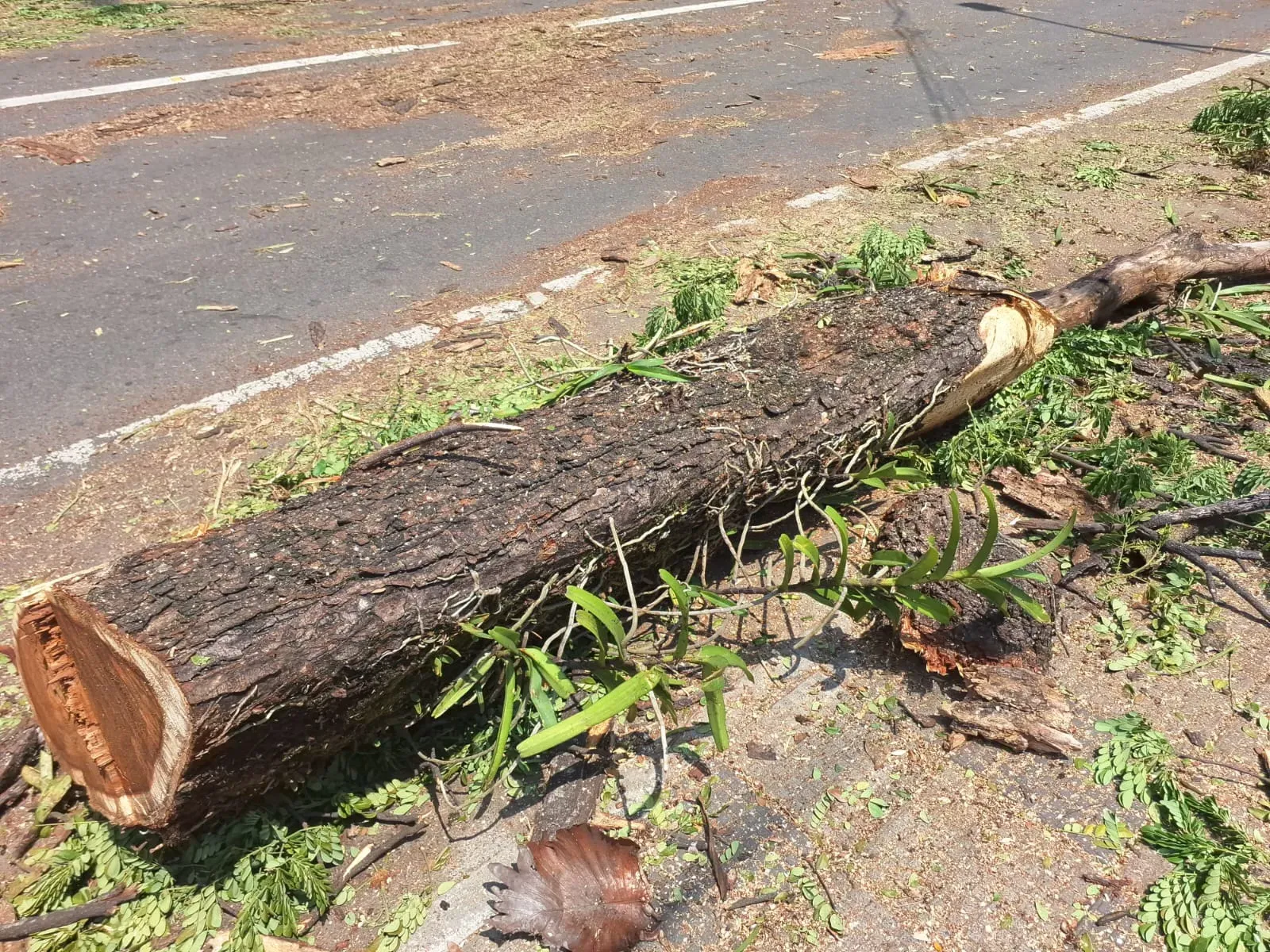
What are we doing to save these plants?
The UK's Royal Society awarded a two-year grant through their International Exchanges program for the project entitled "Network for Orchid Conservation and Connecting Urban People with Nature". This initiative enabled collaboration with botanic gardens affiliated with the Kerala State Council for Science, Technology, and Environment (KSCSTE). Over the past two years, KSCSTE-Malabar Botanical Garden and Institute for Plant Sciences have worked closely with us here at Kew Gardens, culminating in the launch of a pilot project across three northern districts.
Two of these districts, Wayanad and Kannur, are characterized by a high diversity and abundance of native orchids, but also the construction of new highways and road expansions, leading to a significant loss of trees. From available information it is estimated that nearly 250,000 orchids must have been lost from these districts within the last decade with a large proportion of these orchids being endemic.
We engaged with local partners concerning the targeted road expansions, seeking permission to collect orchids either before the clearance process begins or during the tree-clearing phase. We also worked with coffee and plantation owners who assisted us in collecting orchids which were otherwise removed. Through these efforts, we successfully saved 18,000 orchids from what would have otherwise been a premature demise.
More than 70% of the orchids we collected from roadside from this part of the world are endemic, highlighting the significant loss potentially occurring here when tens of thousands of trees are being cut down.
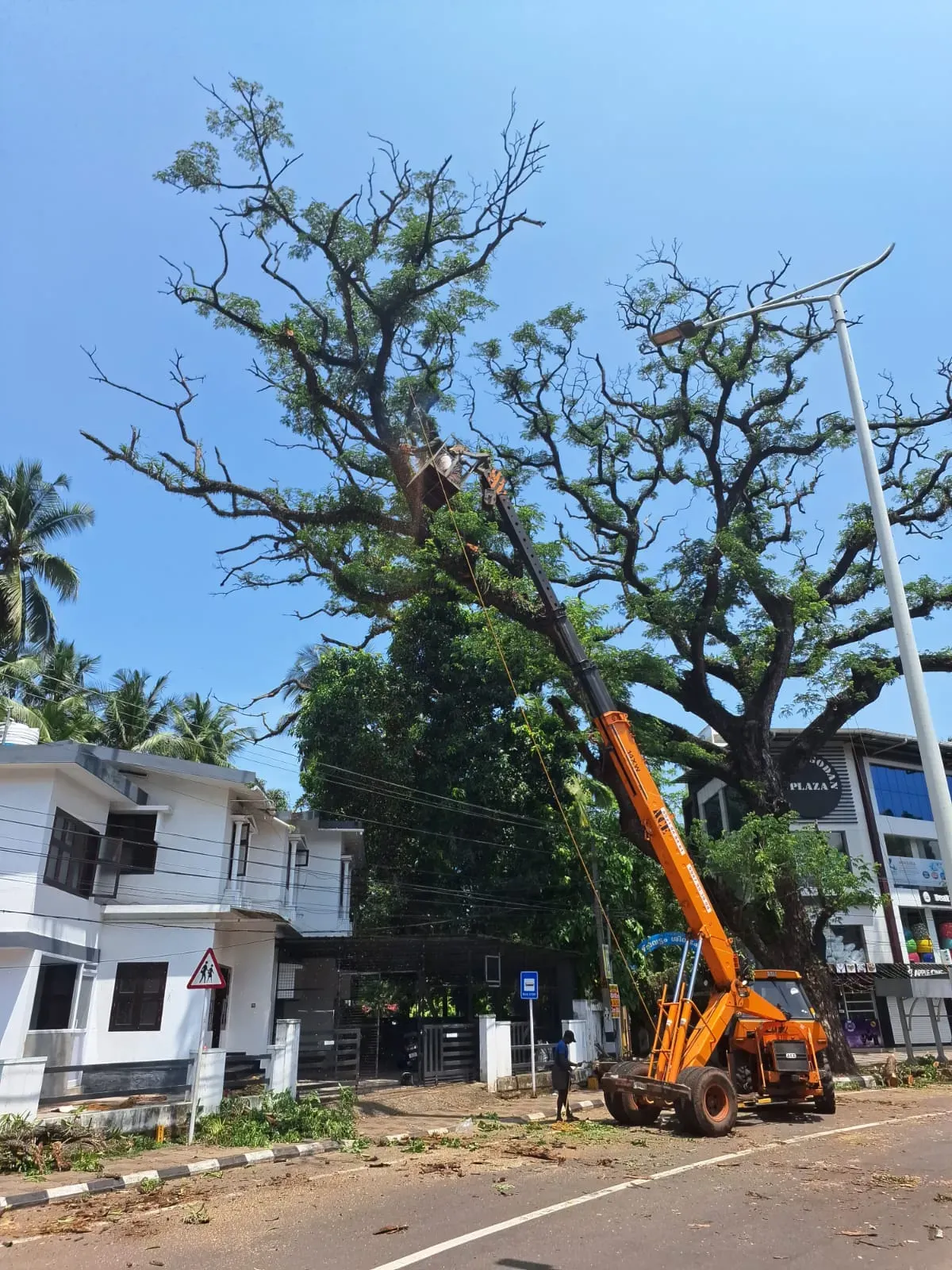
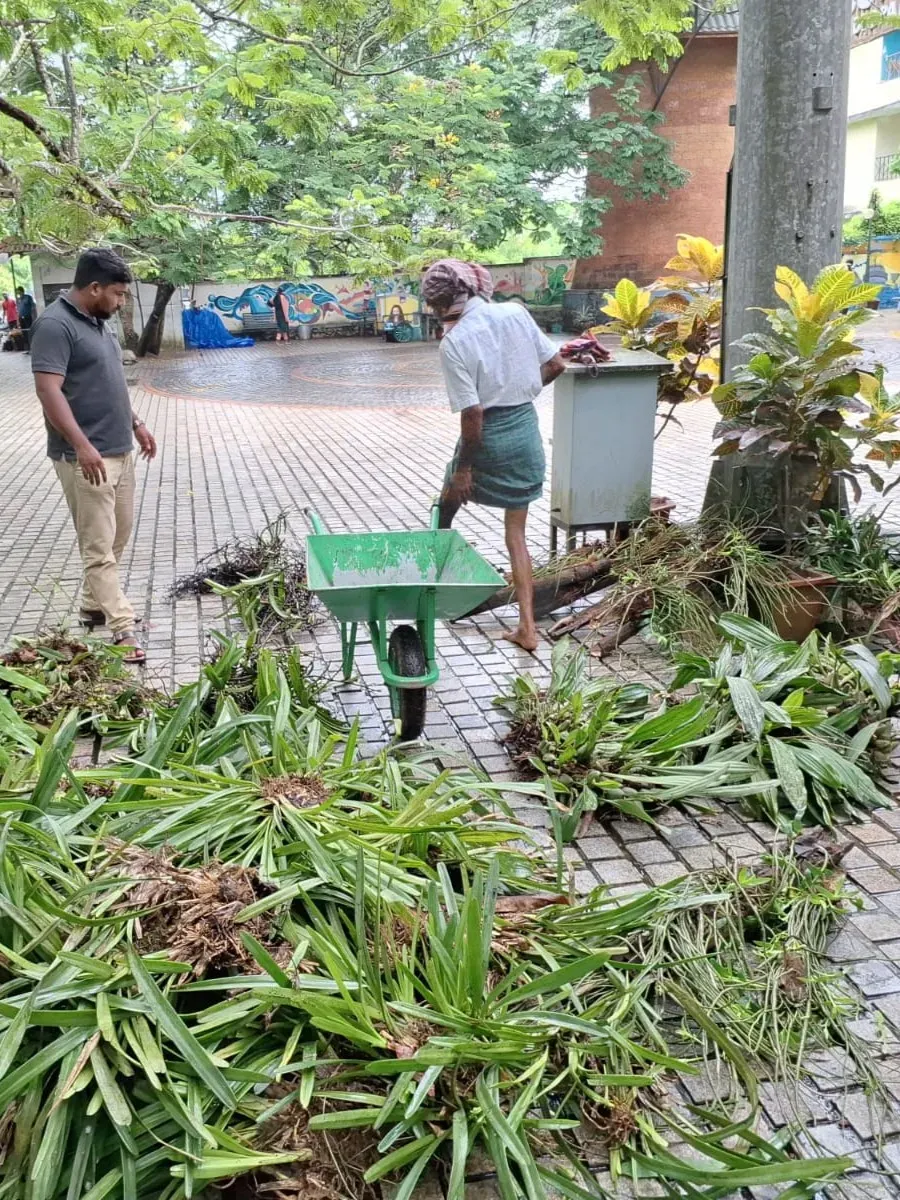
Notably, the third district, Kozhikode, has been chosen to host orchids rescued from the brink of destruction. Working with Kozhikode District Tourism Promotion Council we identified the 200 acre urban biological park called Sarovaram Biopark with its own mangrove forest and lake to host the collected orchids. Here the orchids are safe and secure, and in a place where people can engage with their native wildlife.
Signage has been created to improve people’s connectivity with these charismatic and rare plants. 85% of total plants have survived this move which is impressive considering some of the altitude changes involved.
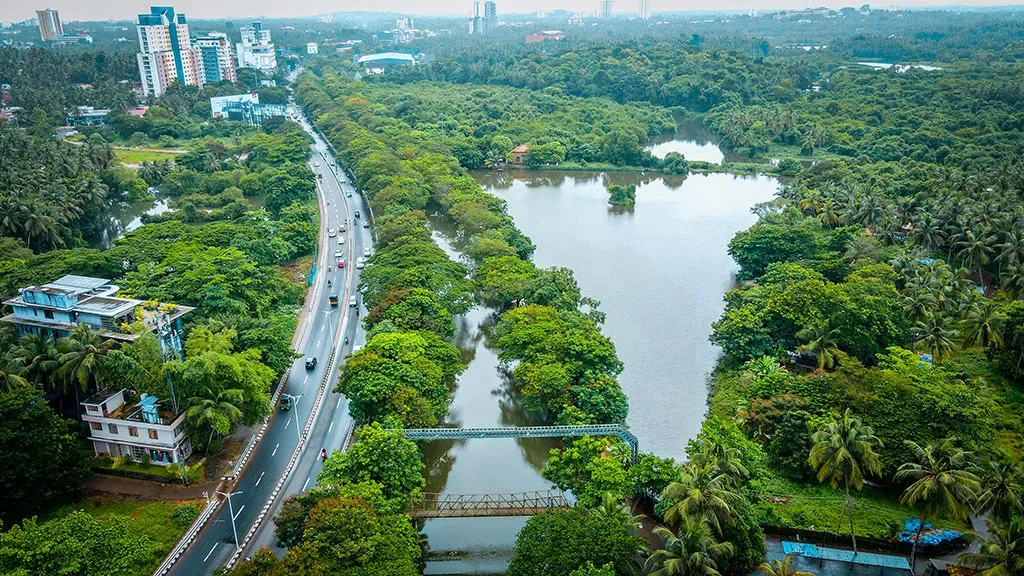
Why does saving orchids this way matter?
This project has demonstrated its capability to safeguard species impacted by infrastructure developments, including road construction and expansion. While development is crucial for societal progress, mitigation efforts of this nature offer immense value in two ways. Not only is valuable biodiversity saved, but also an incredible opportunity provided to significantly alter public perception and awareness regarding biodiversity loss and conservation.
The species preserved through these initiatives now serve as educational instruments, enhancing the understanding and appreciation of local plant species among residents who coexist with them in urban environments. Furthermore, these protected species act as ambassadors, advocating for the conservation of similar plant life.
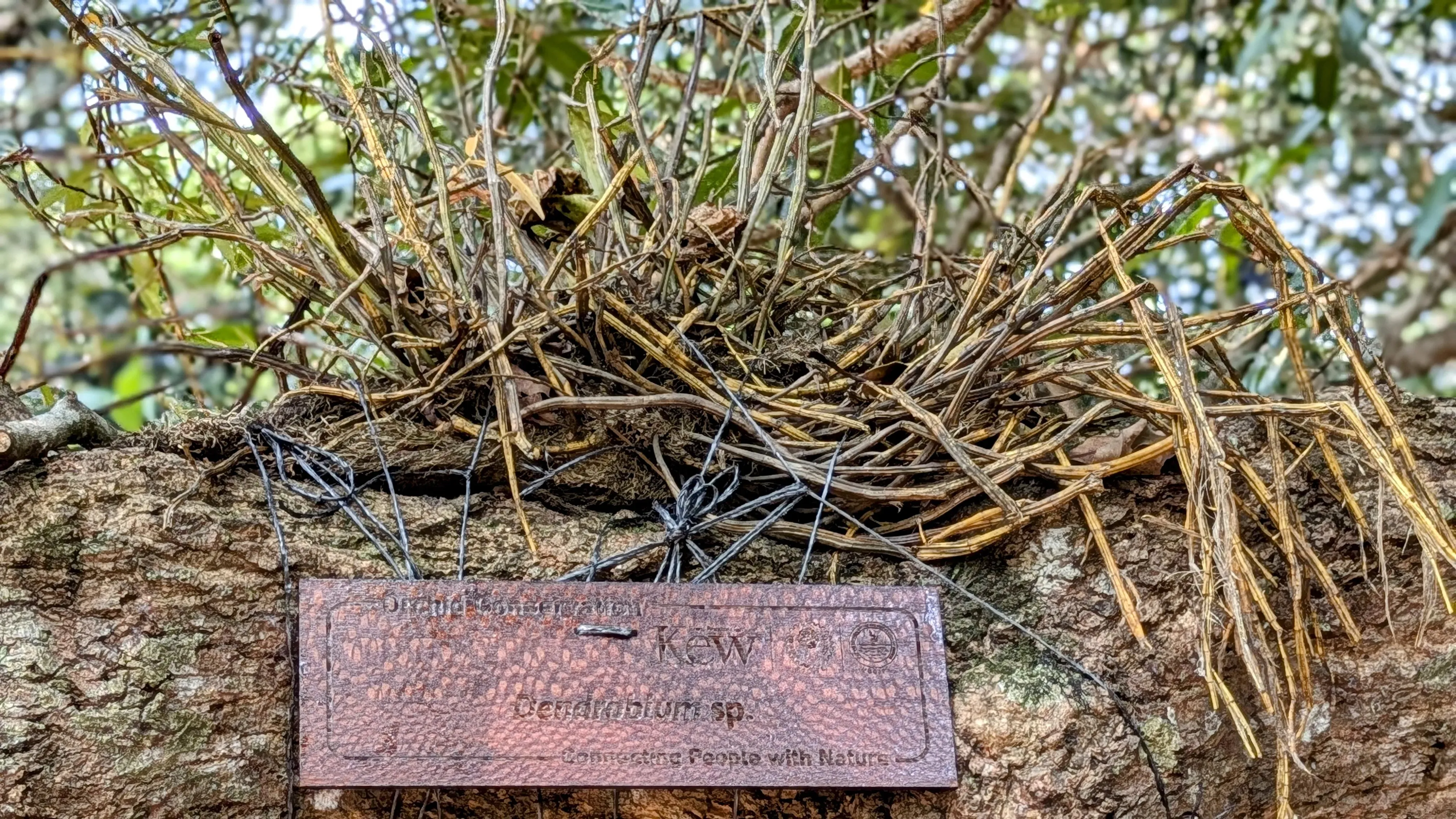
Despite conducting thorough surveys and monitoring, the distribution of the majority of endemic plants remains unrecorded, making it challenging to determine the number of these plants that exist in the wild. Therefore, the endemic plants that have been preserved and established in the biological park serve not only as a tool for engagement but also as a crucial opportunity to avert what might have been complete local or even total extinctions. Additionally, they offer the potential to utilize surviving plants for seed collection, restoration, and the creation of ex-situ living collections.
There is the opportunity to establish a citizen science model that actively involves individuals from all demographics, particularly school children and young people. We could foster a longer-term legacy by encouraging public participation in monitoring and data collection activities.
Given that Kerala is a narrow strip of land with one of the highest population densities in India, this orchid hotspot of global significance urgently requires comprehensive plans to protect its native trees and orchids.
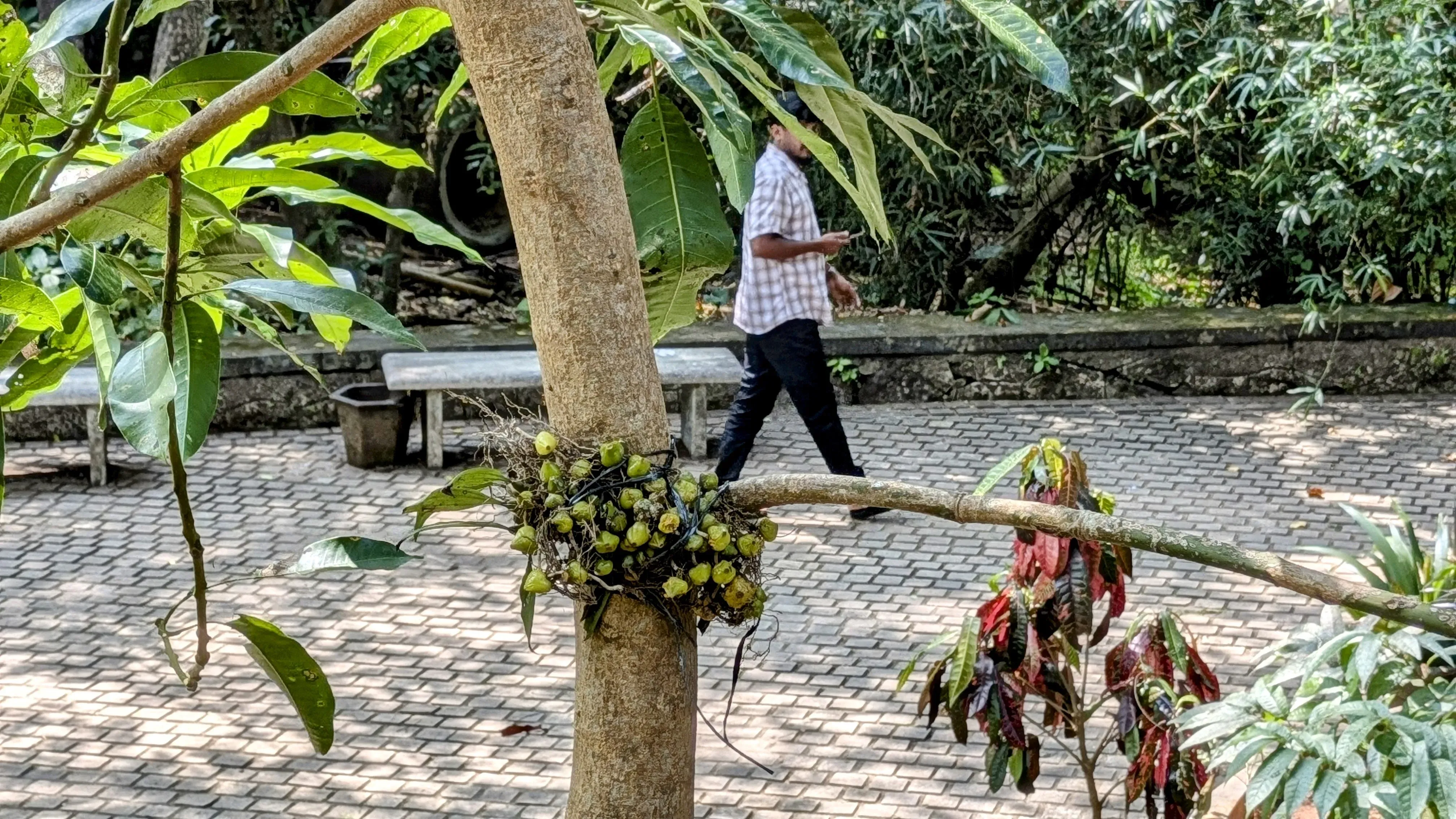
What’s next?
This project is currently in its pilot phase, and comprehensive results are anticipated to be gathered in the forthcoming years to gain a complete understanding of how these plants interact within an urban environment. Although the situation may not be identical, the experience of Singapore's biodiversity-rich urban landscapes demonstrates significant potential for success.
As India is losing biodiversity as part of large infrastructure projects, the rescuing of such biodiversity like these Keralan orchids, into protected areas such as parks or similar landscapes, must be scaled up. This will help the safeguarding of these plants from further destruction. In the longer term, monitoring the flowering and colonization of the plants already established in the urban biological park will yield valuable insights into the feasibility of this approach.
Enhancing conservation efforts and public involvement can be accomplished by expanding planting initiatives through the rescue of threatened orchids and the application of in-vitro seed germination techniques - like those we utilise here at Kew.
Theoretically, this approach could be scaled up in biodiverse regions globally, particularly those with nearby refuge areas, to maintain as much biodiversity as possible while addressing the underlying causes of biodiversity loss. Utilizing in vitro methods to propagate exceedingly rare endemic orchids offers a promising strategy for broadening planting efforts at appropriate sites.
These methods not only contribute to conservation but could increase the participation of people worldwide in the protection of nature.
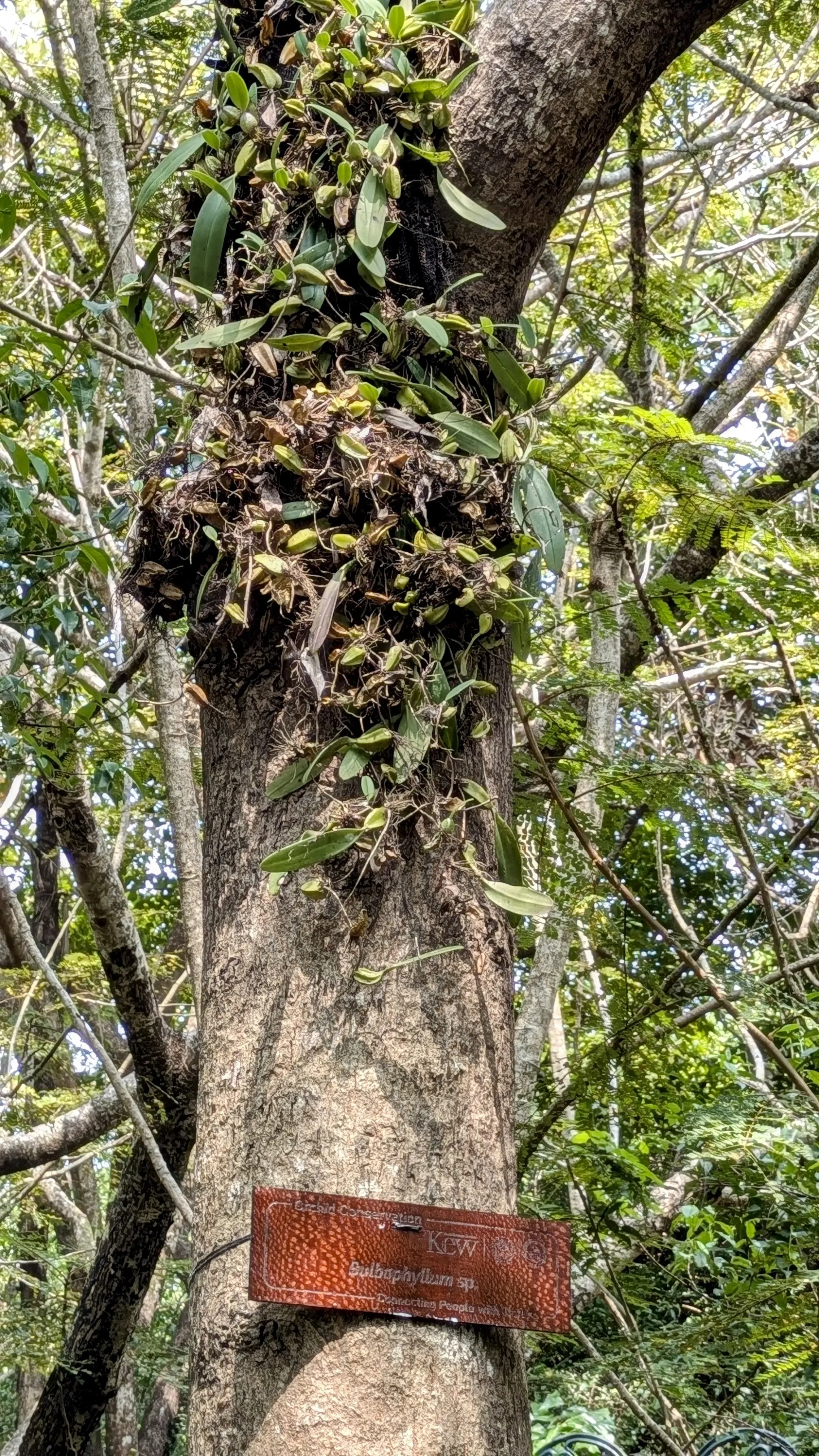
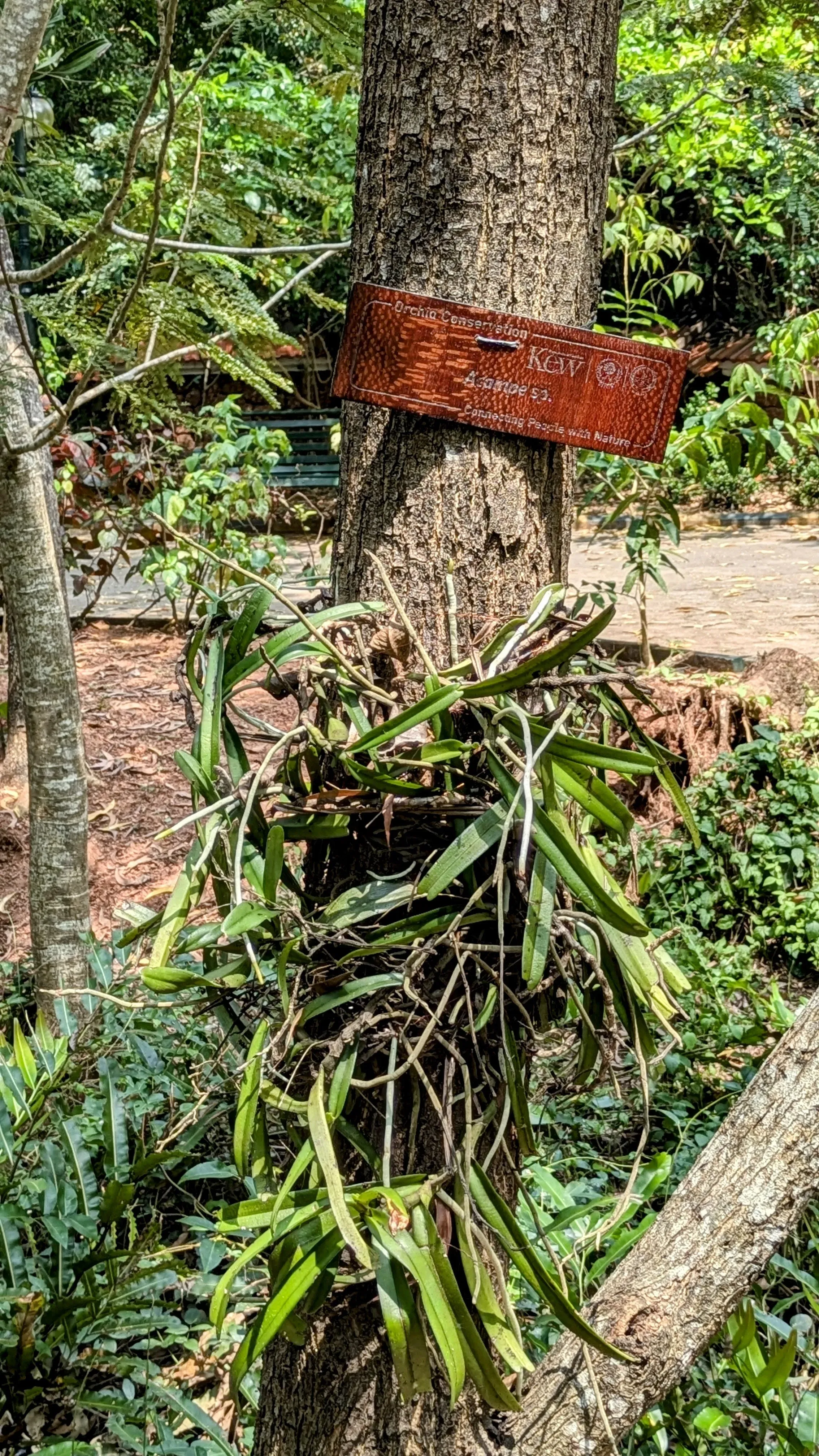
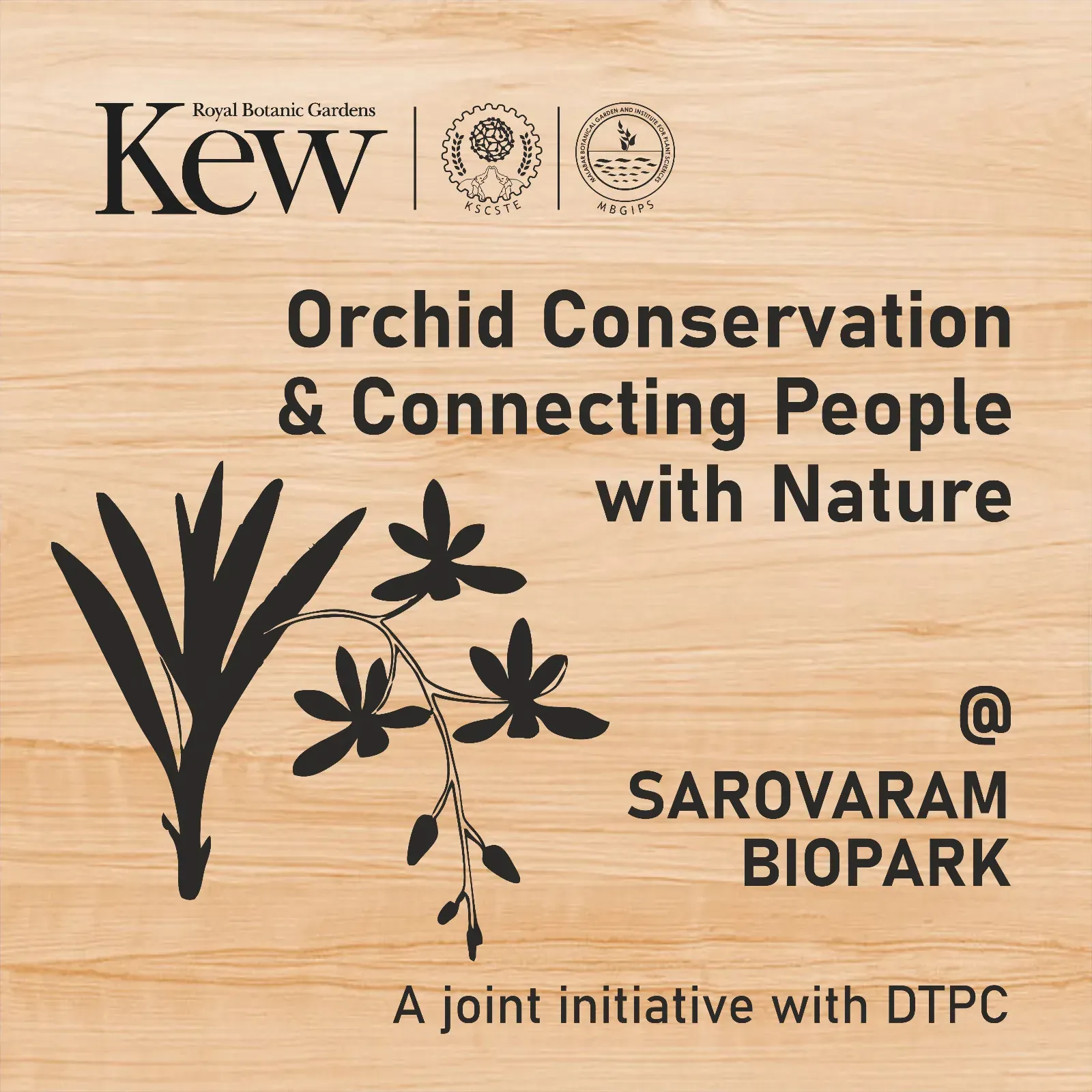


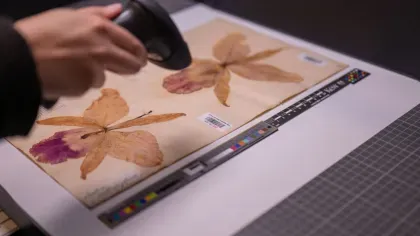
.jpg0084.webp?itok=I2isC7r1)
